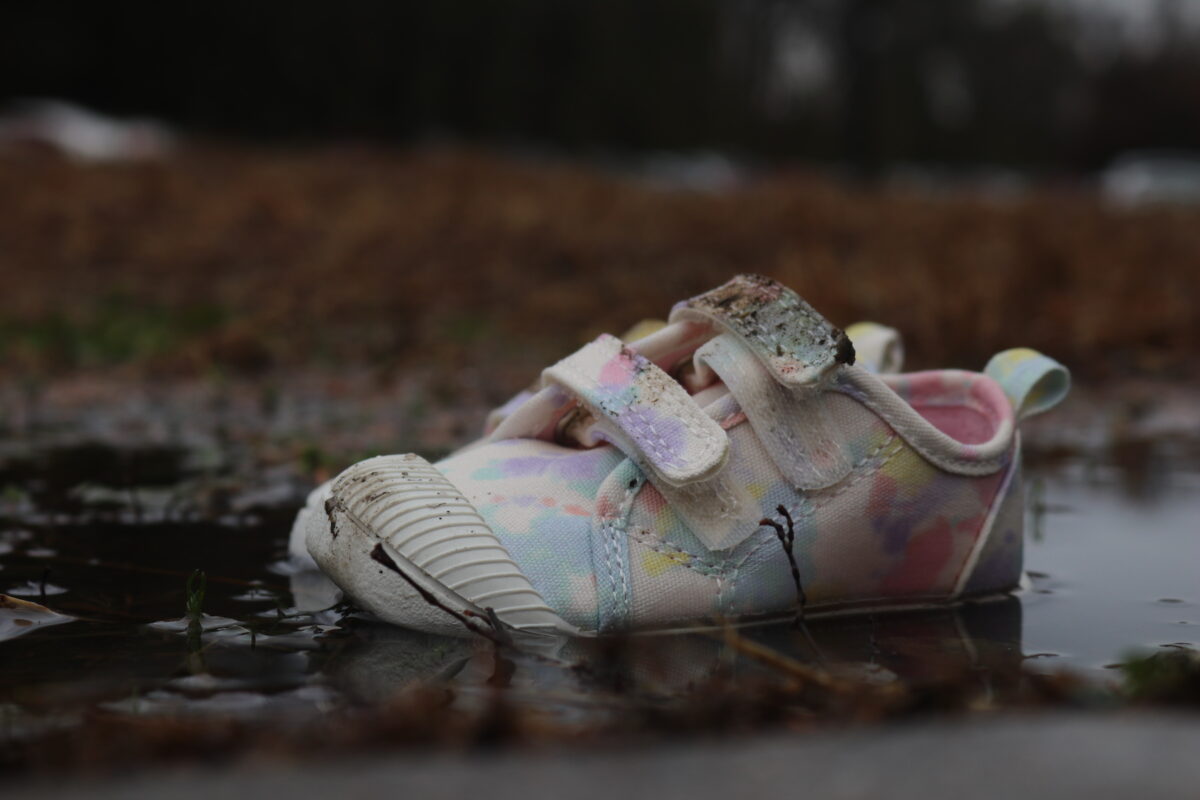
Bobby Grady | Health Editor | rgrady@mail.smcvt.edu
After a child abuse lawsuit, the Woodside Juvenile Rehabilitation Center in Essex closed three years ago. In an interview with Seven Days, Paul Capcara, a former nurse at Woodside said the conditions were “traumatic, unnecessary and dehumanizing.” Woodside represented the worst parts of the child justice system in Vermont and the state is still looking for strategies to improve the system.
Kerrie Johnson, a lawyer for the Vermont Defender General, is working to help improve the system and often represents children and families in the juvenile justice system. She worked with many cases involving the Woodside facility and spent time in the facility.
“Most of the kids were very isolated,” said Johnson. “Either DCF was limiting contact with the parents, distance was restricting contact with parents or they didn’t have parents. When I was there, there were two ways things were done. There is the way they do things when someone is in the building and there is the way they do things the rest of the time.”
Johnson’s experience thus far has taken its toll on her too.
“There are a lot of elements that are heartbreaking. There’s injustice that is part of the system,” said Johnson. “I personally believe that Vermont and a lot of other states in the country have gone too far in the direction of separating families.”
The Department for Children and Families (DCF) decides when to separate families and try to find legal permanency through adoption. According to DCF, legal permanency is when “children have enduring relationships with healthy nurturing families.”

“If a child has been in out of home care for 15 out of the last 22 months, then DCF has to find a compelling reason not to terminate parental rights,” Johnson said.
Capacity and proper treatment are two issues Johnson would like to see addressed.
“There isn’t the capacity to provide the appropriate level of care for the number of children that are in custody,” Johnson said. “We don’t have a lot of high-quality treatment. We don’t have the specific types of treatment that are proven to work.”
Johnson said she supports the use of multisystemic treatment, an intensive family and community based program that addresses all environments that impact high risk youth, according to the Multisystemic Therapy Services website.
Through the Burlington Community Justice Center, Vermont is using restorative justice as a method to offer help and guidance to children and families.
Kelly Ahrens, the youth restorative programs manager, has seen many children come through the Burlington Community Justice Center. She explained how the process can be improved.
“Services are really siloed,” Ahrens said. “Providers don’t coordinate. People receive care in really seperated ways and for young people who have a lot of adults hands on, it makes it hard to holistically address needs and support. In an ideal world someone would have a team of people checking in.”
The providers Ahrens referenced consist of school providers, community providers, mental health providers and the criminal legal system.
Ahrens has witnessed the lasting impact of the Covid pandemic on children’s behavior.
“Something that Covid made worse was boredom. Folks are looking for stuff to do and sometimes some of that stuff includes things that aren’t allowed,” Ahrens said. “We’ve seen that build on itself in a couple of different ways. We are seeing a lot more people breaking into cars just because they’re bored.”
In 2022, the Society for Research in Child Development (SRCD) conducted a study on healthy adolescent development and the juvenile justice system. They found that many adolescents take more risks as they develop, but very few commit crimes because they are becoming more adventurous. Instead, delinquency is a result of a youth’s context or environment.
Ahrens has been shifting some of her strategies and philosophies to try and help kids as best she can.
“We have shifted to less offense focused and more needs focused,” said Ahrens. “We look at what is that particular youth’s needs and what are the needs of the people who have been impacted. We look at how we can situate what happened in the context of the youth’s life.”
This change in philosophy has also led to a change in process in the Burlington Community Justice Center.
“It used to be bigger groups and caregivers were explicitly part of the process, but now we encourage that the young person comes on their own if they’re comfortable,” Ahrens said.
The goals for restorative justice have changed, too.
“We use a high structure and high support system because that is the restorative doing with,” Ahrens said. “When we have conversations about tending to impact, folks aren’t alone in that.”
These changes have proven to be effective.
“[There] was a huge fight at school between two people and we were able to come and do a circle with their caregivers and themselves and talk through it,” Ahrens said. “What was really wonderful about that particular case was the caregivers really connected and were able to have empathy and almost love for the other young person.”
Ahrens said the two people fighting ended up baking a cake together.
Ahrens is still looking for ways to improve restorative justice for young people in Vermont.
“I don’t like to see the swing to the totally permissive and I don’t like to see the swing to the totally punitive,” Ahrens said. “We need more coordinated approaches. Everyone that’s on the ground wants things to be improved for young people and families. I would love a more coordinated approach systematically and on a case by case basis.”

